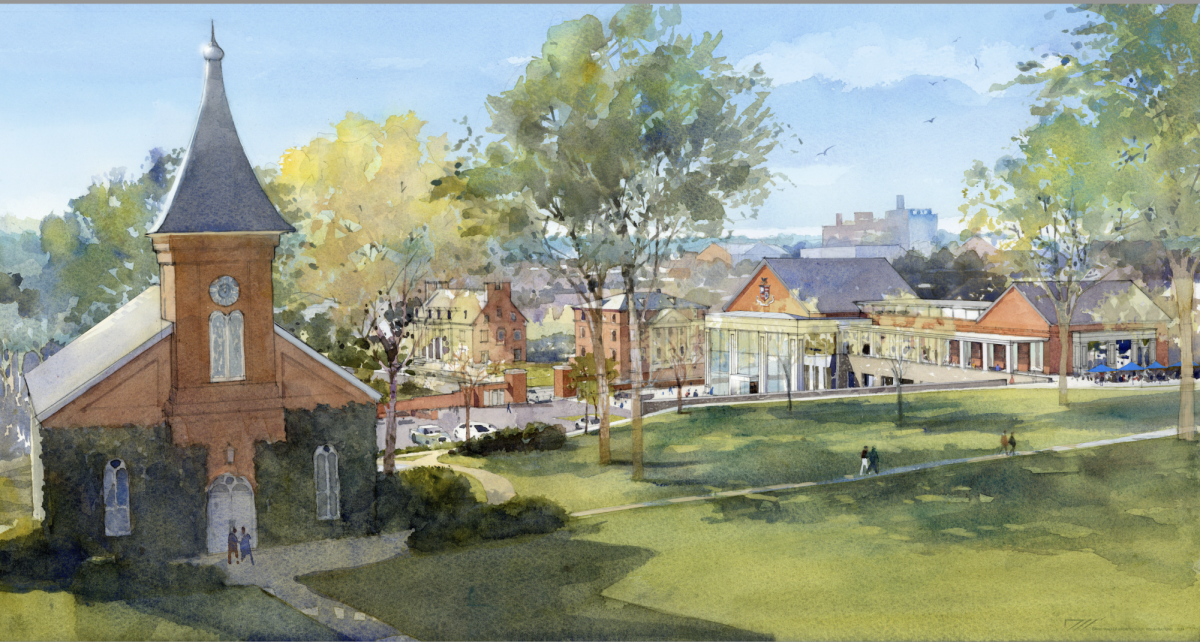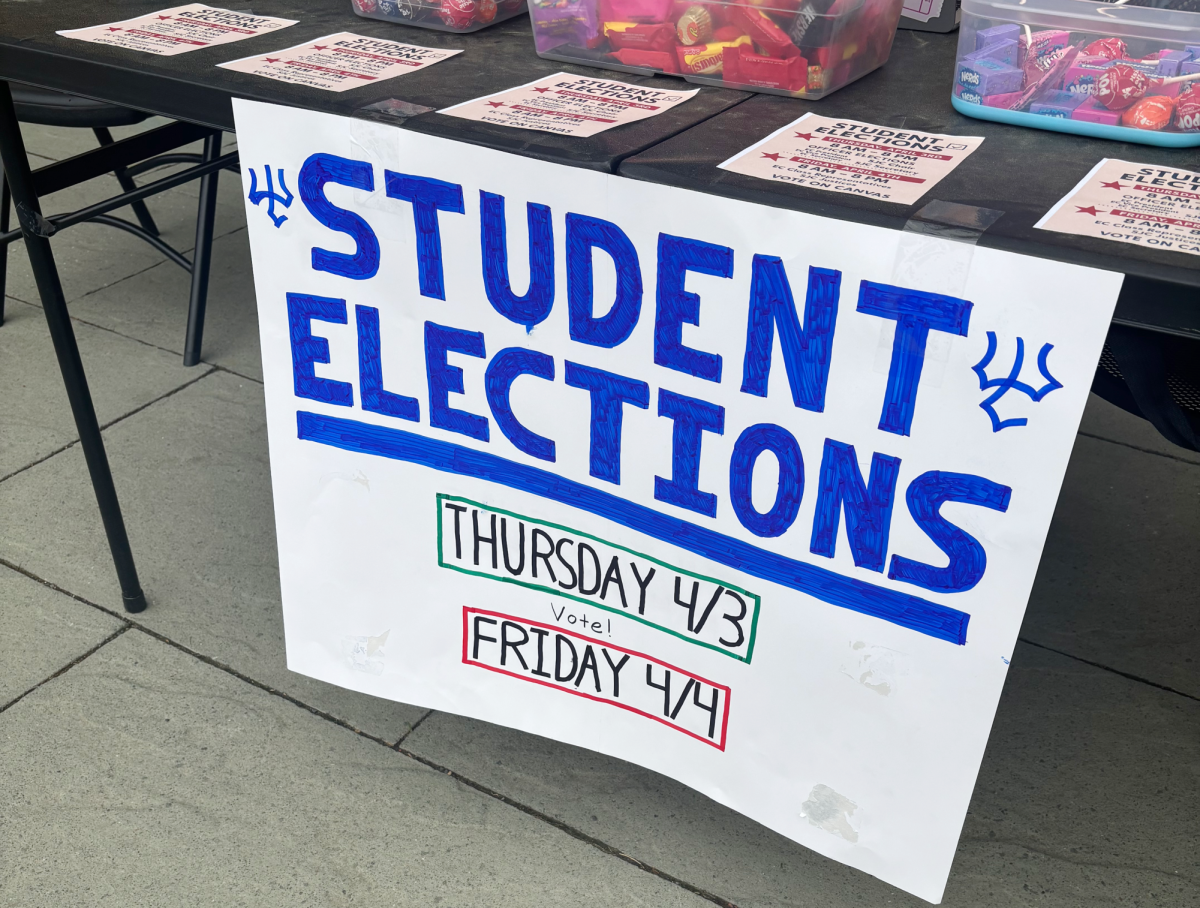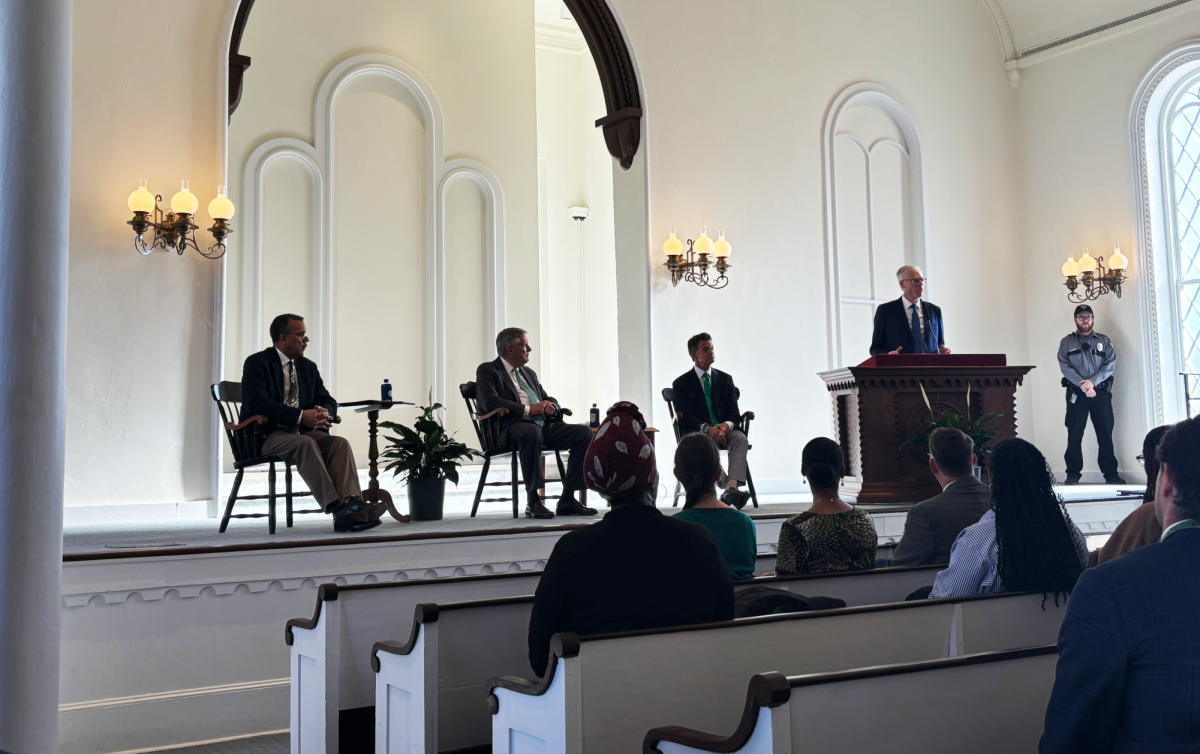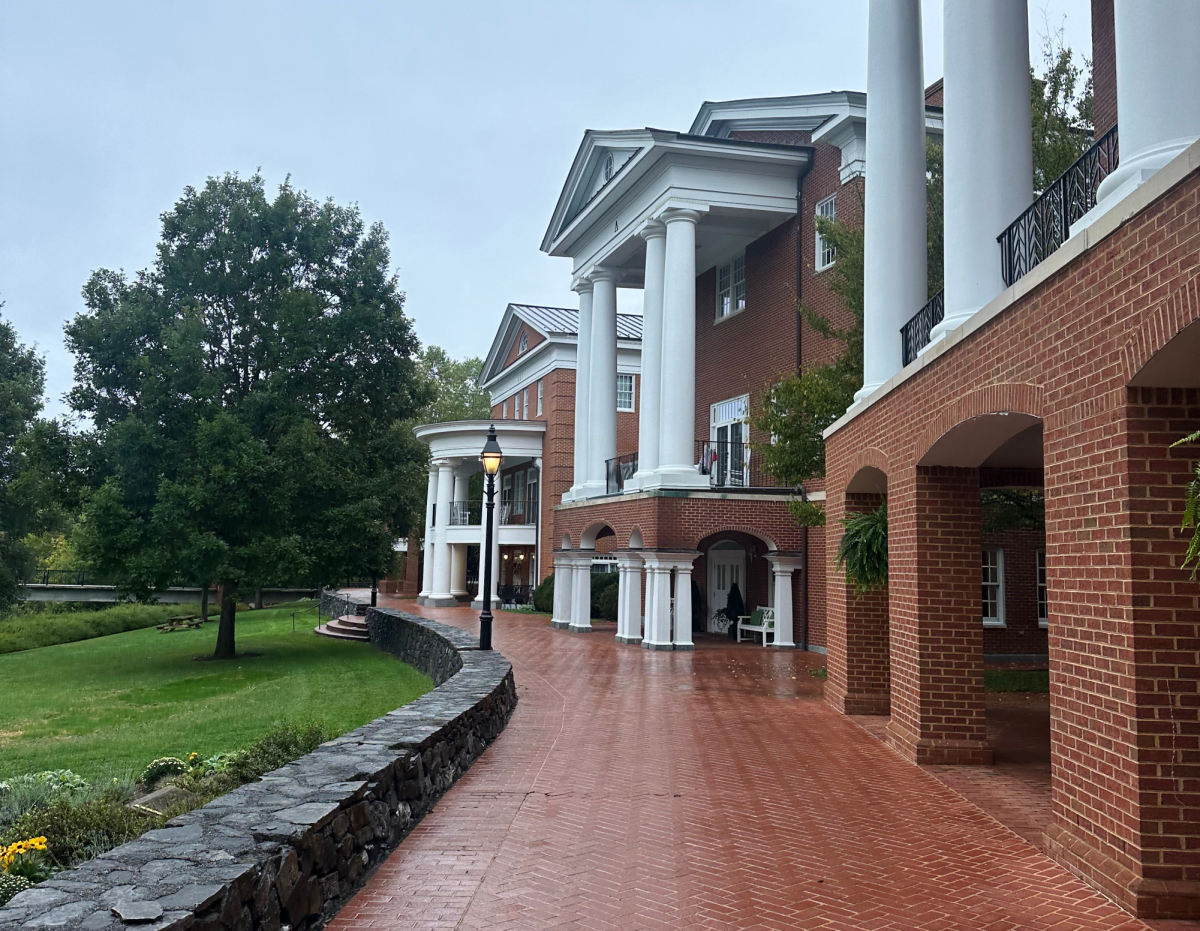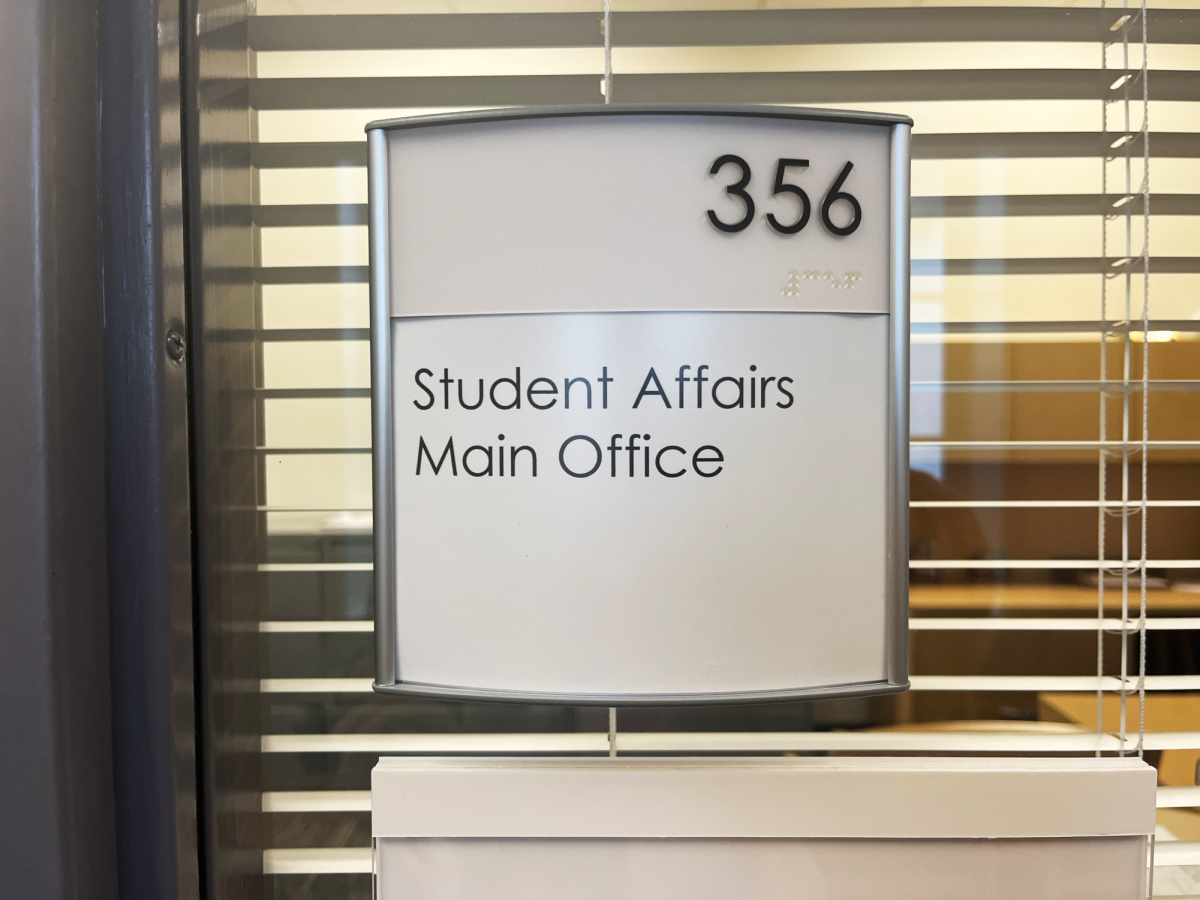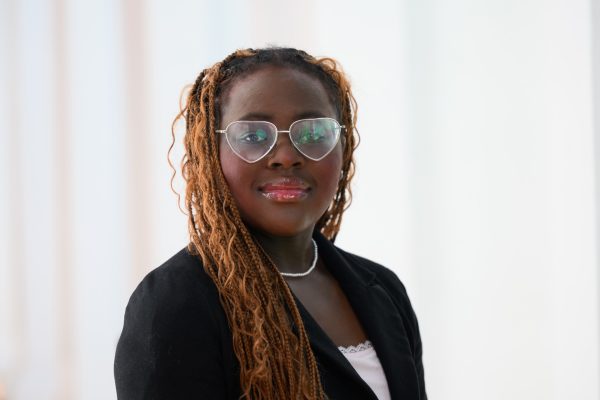The university plans to tear down the Red House, which is an LGBTQ+ space that also houses the Women, Gender, and Sexuality Studies (WGSS) Department. The new Institutional History Museum will be built in its place.
Plans for the museum were first released in 2018 as part of the university’s strategic plan. The 40,000-square-foot property will showcase W&L’s 275-year history, according to The Columns.
The museum will be constructed at the corner of Jefferson Street and Washington Street, near the Corral Parking Lot, according to The Columns. That area includes the Red House.
Currently, the WGSS Department uses the Red House to host faculty events, but there are no classes held in the building.
“It’s a little bit hard to use [the Red House] because of the layout of the space,” said Sarah Horowitz, the head of the WGSS Department. The LGBTQ Resource Center, as well as student organizations such as the Queer Liberation Alliance (QLA), also use the Red House. Horowitz said she is wary of using the building for classes because she wants to protect the privacy of LGBTQ+ students.
Additionally, Horowitz said that the Red House is too cramped to be used for events larger than 20 people.
However, Timi Patterson, ’27, a member of the QLA executive board, said that the Red House serves an important role as a space for the queer community on campus.
“It’ll be really sad if there isn’t any replacement queer space on campus, as I know the Red House is a really nice place to hang out and have meetings,” Patterson said.
Horowitz said that there is currently no plan for where the WGSS department will go after the Red House is torn down. But, she said she is excited for the museum to be built.
“I think that actually the Institutional History [Museum] opens up opportunities to present the history of women on campus, to talk about the history of co-education, [and] to present the history of LGBTQ community members,” Horowitz said.
Matthew Davis, the director of the Institutional History Museum, said that institutional history showcases the university’s values. In the museum, Davis said he wants to shine a light on the stories of the university that have not been well-researched before.
Even though there are museums on campus already, Davis said that there is not a space that is dedicated to preserving the past of the university.
“We’re always mindful of the future. This is a good way for us to also be mindful of our past,” Davis said.
Davis said he hopes the museum will draw people to Lexington and the university. He also wants to give students the opportunity to utilize it.
“I would hope that before everyone matriculates out of this college, that they set foot in the museum at least one time and participate in programs,” Davis said. “We really want to be that kind of rich resource to the classroom and serve as an adjunct to classroom instruction and support our faculty.”



